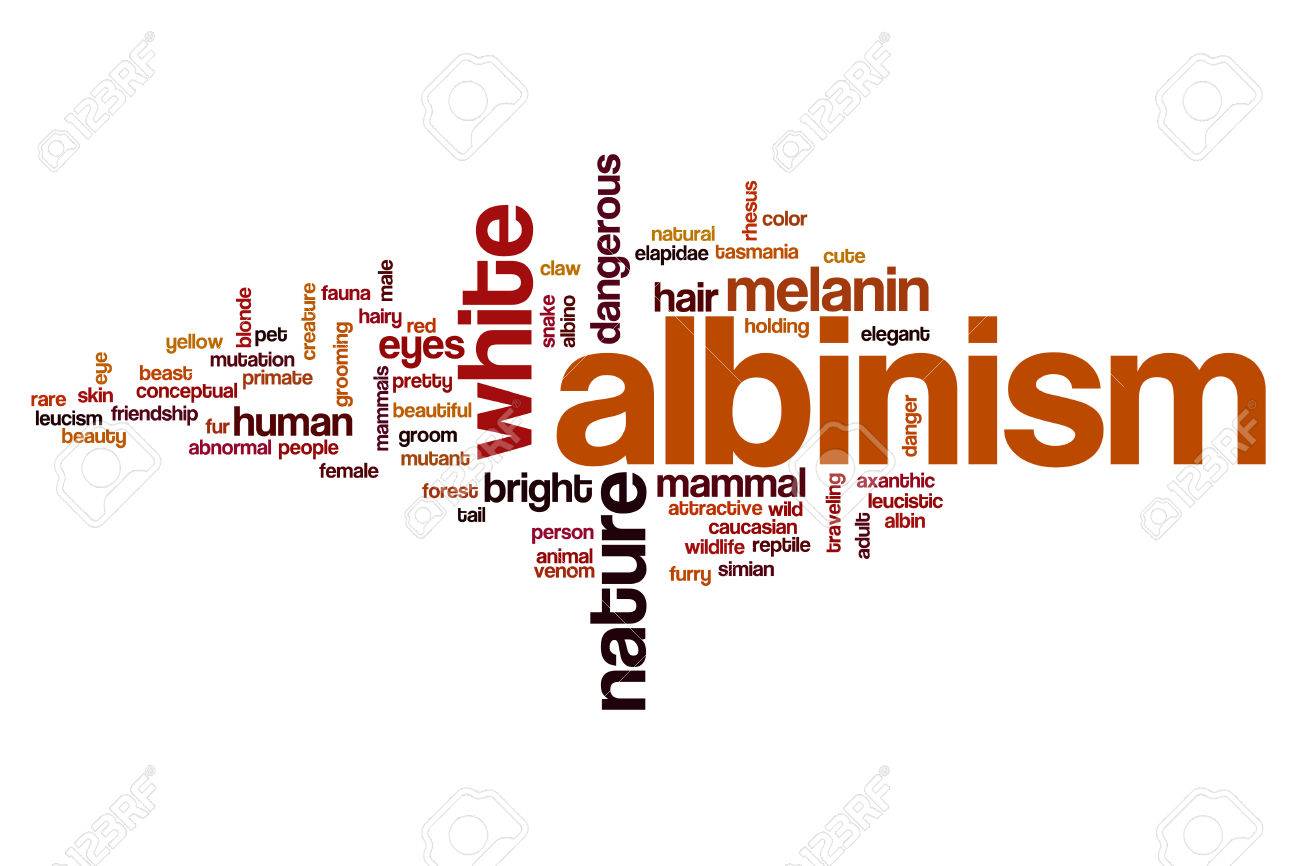Albinism – Zoology Notes – For W.B.C.S. Examination.
অ্যালবিনিজম – প্রাণিবিদ্যা নোট – WBCS পরীক্ষা।
Albinism is a rare group of genetic disorders that cause the skin, hair, or eyes to have little or no color. Albinism is also associated with vision problems. According to the National Organization for Albinism and Hypopigmentation, about 1 in 18,000 to 20,000 people in the United States have a form of albinism.Continue Reading Albinism – Zoology Notes – For W.B.C.S. Examination.
Different gene defects characterize the numerous types of albinism. Types of albinism include:
Oculocutaneous albinism (OCA)
OCA affects the skin, hair, and eyes. There are several subtypes of OCA:
OCA1OCA1 is due to a defect in the tyrosinase enzyme. There are two subtypes of OCA1:
- OCA1a. People with OCA1a have a complete absence of melanin. This is the pigment that gives skin, eyes, and hair their coloring. People with this subtype have white hair, very pale skin, and light eyes.
- OCA1b. People with OCA1b produce some melanin. They have light-colored skin, hair, and eyes. Their coloring may increase as they age.
OCA2
OCA2 is less severe than OCA1. It’s due to a defect in the OCA2 gene that results in reduced melanin production. People with OCA2 are born with light coloring and skin. Their hair may be yellow, blond, or light brown. OCA2 is most common in people of African descent and Native Americans.
OCA3
OCA3 is a defect in the TYRP1 gene. It usually affects people with dark skin, particularly black South Africans. People with OCA3 have reddish-brown skin, reddish hair, and hazel or brown eyes.
OCA4
OCA4 is due to a defect in the SLC45A2 protein. It results in a minimal production of melanin and commonly appears in people of East Asian descent. People with OCA4 have symptoms similar to those in people with OCA2.
Ocular albinism
Ocular albinism is the result of a gene mutation on the X chromosome and occurs almost exclusively in males. This type of albinism only affects the eyes. People with this type have normal hair, skin, and eye coloring, but have no coloring in the retina (the back of the eye).
Hermansky-Pudlak syndrome
This syndrome is a rare form of albinism that’s due to a defect in one of eight genes. It produces symptoms similar to OCA. The syndrome occurs with lung, bowel, and bleeding disorders.
Chediak-Higashi syndrome
Chediak-Higashi syndrome is another rare form of albinism that’s the result of a defect in the LYST gene. It produces symptoms similar to OCA, but may not affect all areas of the skin. Hair is usually brown or blond with a silvery sheen. The skin is usually creamy white to grayish. People with this syndrome have a defect in the white blood cells, increasing their risk of infections.
Griscelli syndrome
Griscelli syndrome is an extremely rare genetic disorder. It’s due to a defect in one of three genes. There only have been 60 known casesTrusted Source of this syndrome worldwide since 1978. It occurs with albinism (but may not affect the entire body), immune problems, and neurological problems. Griscelli syndrome usually results in death within the first decade of life.
What causes albinism?
A defect in one of several genes that produce or distribute melanin causes albinism. The defect may result in the absence of melanin production, or a reduced amount of melanin production. The defective gene passes down from both parents to the child and leads to albinism.
Who’s at risk for albinism?
Albinism is an inherited disorder that’s present at birth. Children are at risk of being born with albinism if they have parents with albinism, or parents who carry the gene for albinism.
What are the symptoms of albinism?
People with albinism will have the following symptoms:
- an absence of color in the hair, skin, or eyes
- lighter than normal coloring of the hair, skin, or eyes
- patches of skin that have an absence of color
Albinism occurs with vision problems, which may include:
- strabismus (crossed eyes)
- photophobia (sensitivity to light)
- nystagmus (involuntary rapid eye movements)
- impaired vision or blindness
- astigmatism
Cure
- There’s no cure for albinism. However, treatment can relieve symptoms and prevent sun damage. Treatment may include:
- sunglasses to protect the eyes from the sun’s ultraviolet (UV) rays
- protective clothing and sunscreen to protect the skin from UV rays
- prescription eyeglasses to correct vision problems
- surgery on the muscles of the eyes to correct abnormal eye movements
For Guidance of WBCS (Exe.) Etc. Preliminary , Main Exam and Interview, Study Mat, Mock Test, Guided by WBCS Gr A Officers , Online and Classroom, Call 9674493673, or mail us at – mailus@wbcsmadeeasy.in
Visit our you tube channel WBCSMadeEasy™ You tube Channel
Please subscribe here to get all future updates on this post/page/category/website



 Toll Free 1800 572 9282
Toll Free 1800 572 9282  mailus@wbcsmadeeasy.in
mailus@wbcsmadeeasy.in


















































































































